Good Night everyone for all of our friends who are at Blurtter and have been joining Blurtter for a long time, hopefully we are always healthy and can always carry out activities as usual. So on this occasion I want to write a little bit about Striped Lynx Spider | Photography | Macro hopefully later it can become a memory for myself, and for other friends who are already married, don't forget to also give directions and input if later in my writing there are still words- words that are not polite, therefore I apologize once again.

Not all spiders make nets to catch prey, but all of them are capable of producing silk threads—thin but strong strands of protein fiber—from a gland (called a spinneret) located on the back of their body. This silk fiber is very useful for helping the spider move, swinging from one place to another, trapping prey, making egg sacs, protecting nest holes, and hearts. A type of spider web found near the Cikaniki research station, Mount Halimun Salak National Park. Unlike insects which have three body parts, spiders only have two. The front segment is called the cephalothorax or prosoma, which is actually a combination of the head and chest (thorax). While the back segment is called the abdomen (stomach) or opisthosoma. Between the cephalothorax and abdomen there is a thin connection called a pedicle or pedicellus. On the cephalothorax four pairs of legs are attached, and one to four pairs of eyes. In addition to a pair of jaws with large fangs (called chelicera), there are also a pair or several hand-like mouth organs called pedipalps.
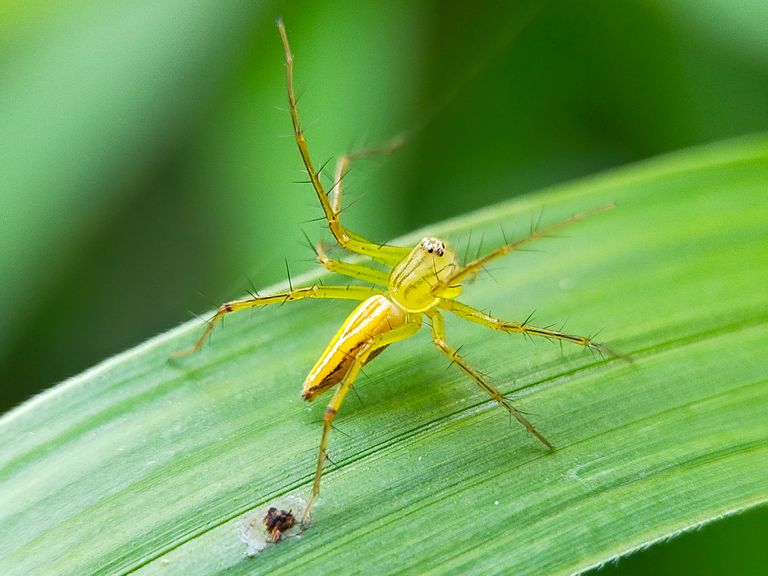
In some types of spiders, the pedipalps in adult males enlarge and change their function as a tool for mating. Spiders do not have mouths or teeth for chewing. Instead, the spider's mouth is a sucker to suck up the body fluids of its prey. The eyes of spiders are generally single eyes (single-lens eyes), and not compound eyes as in insects. Most spiders have poor eyesight, cannot distinguish colors, or are only sensitive to light and dark. Some of the cave-dwelling spiders are even blind. The exception is in several types of hunter spiders which have sharp and good eyesight, including recognizing colors. To mark the presence of their prey, spiders generally rely on vibrations, both on their silk webs and on the ground, water, or places they land. There are also spiders that are able to feel differences in air pressure. The spider's sense of touch lies in the hairs on its legs.

Most spiders are indeed ambush predators, waiting for prey to pass nearby while hiding behind leaves, layers of petals, crevices in rocks, or holes in the ground covered in camouflage. Some species have color patterns that camouflage their bodies on the ground, rocks or trees, so they don't need to hide. Weaver spiders (e.g. members of the tribe Araneidae) make silk webs of a more or less circular shape in the air, among leaves and branches, in front of rock fractures, in the corners of buildings, between telephone wires, etc. . This net is sticky, to catch flying insects that become their prey. As soon as the insect is caught in the web, the spider immediately approaches and thrusts its fangs at the prey to paralyze and simultaneously sends digestive enzymes into the prey's body. Slightly different, hunter spiders (such as members of the tribe Lycosidae) are usually more active. This type of spider usually explores trees, between grass, or rocky wall surfaces in search of prey. This spider can chase and jump to pounce on its prey.

The venom that the spider injects through its fangs usually simultaneously digests and destroys the inside of the prey's body. Then slowly the body fluids along with the destroyed internal organs are sucked up by the predator. The spider sucks the liquid for hours until the carcass of its prey dries up. Spiders that have strong jaws (chelicera) can spend their food more quickly by damaging and crushing the prey's body with their jaws and fangs. All that remains is in the form of small balls which are the crushed bodies of shriveled prey. Some weaver spiders have the ability to wrap their prey's bodies with silk threads. This ability is especially useful if the prey has a dangerous means of self-defense, such as bees with stingers; or if the spider wishes to store its prey for some time waiting for a preferred moment to enjoy it later.
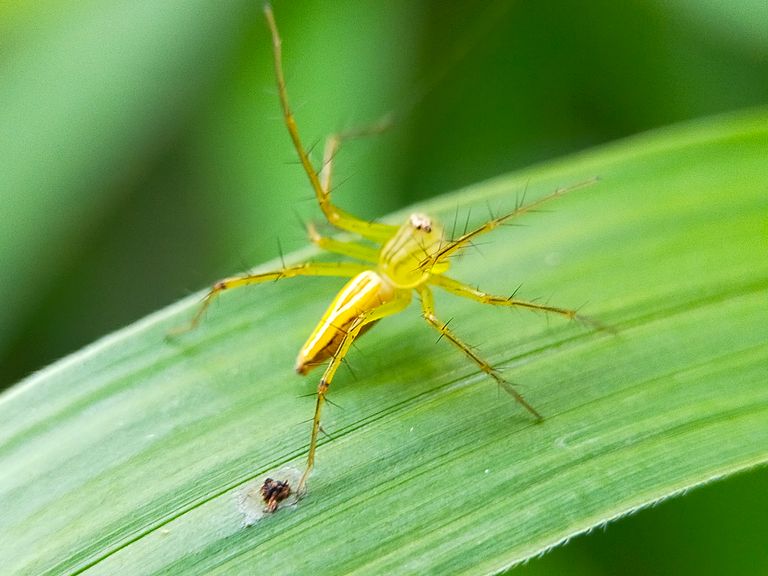
Spiders are a kind of book animals (Arthropods), which belong to the order Araneida or Araneae. Animals that can remove webs from their bodies are often considered insects by many people. Arachnids, such as spiders, scorpions, and mites, only have two body segments. In contrast to insects that have three body segments. Another difference is that arachnids have four pairs of legs, while insects have only three pairs. Reporting from the Encyclopedia Britannica, May 16 2022 edition, the spider's two body segments are the cephalothorax (prosoma) and abdomen (opisthosoma). Their feet are attached to the cephalothorax, which contains the stomach and brain. Inside the spider's stomach are the intestines, heart, reproductive organs, and silk glands. In immature female and male spiders, the foot-like pedipalps are used for finding food and also serve as sense organs. Also read: How do spiders produce webs from their bodies? The pedipalpal segments (coxa) attached to the cephalothorax are usually modified to form structures for feeding.
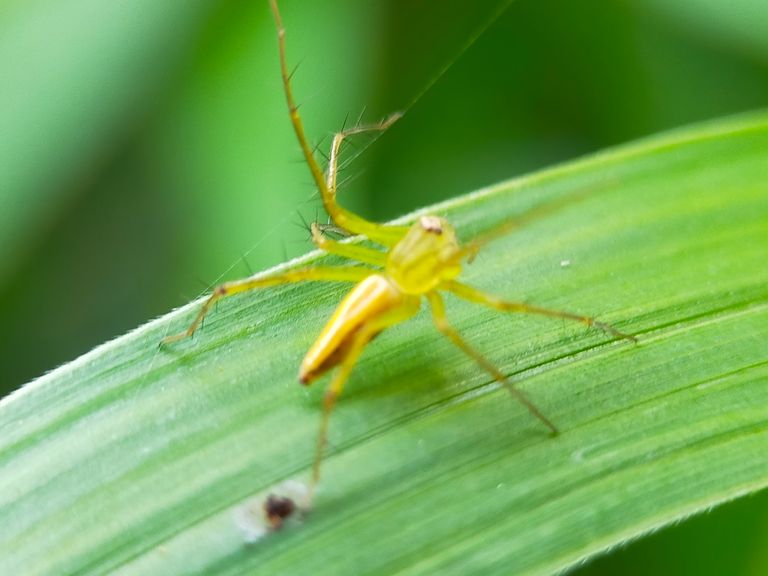
Spider body length ranges from 0.5-90 cm. The largest spider is the hairy mygalomorph, commonly referred to as a tarantula which is found in warm climates and is most abundant in the Americas. Some of the largest mygalomorphs include the goliath bird-eating spider (Theraphosa leblondi or T. blondi), found in a number of areas of the Amazon, and the pinkfoot goliath (T. apophysis) in southern Venezuela. The smallest spiders belonging to several families are found in the tropics. Female spiders are generally much larger than males, a phenomenon known in animals as sexual size dimorphism. Many female weaver spiders, such as the families Tetragnathidae and Araneidae, display extreme size dimorphism. At least twice the size of males of the same species. Extreme differences in body size appear to have arisen through a selection process that favored fecundity in females and "bridge" locomotion in males. Bridging is a technique used by spiders for web construction.
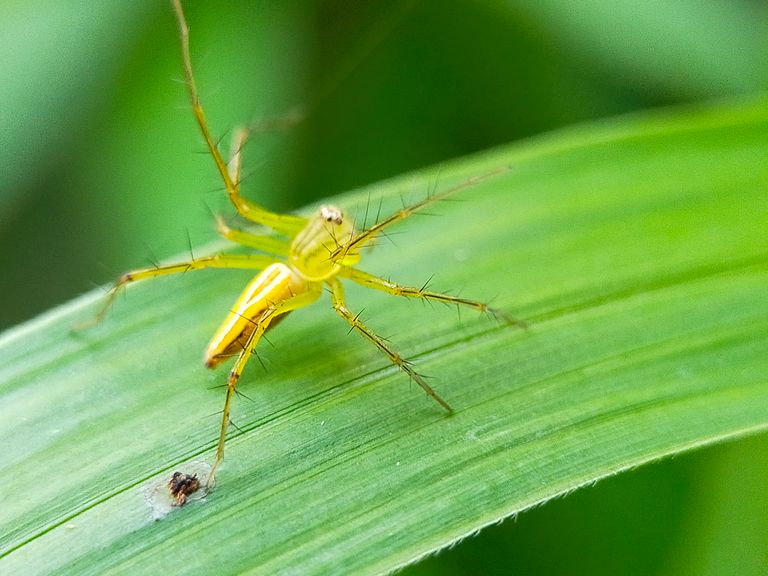
Spiders produce silk threads that are carried by the wind and will eventually attach to an object, forming a bridge. Small, light males can build and cross silk bridges more quickly than larger, heavier males. Scientists suspect that this gave the smaller males more opportunities to mate, thereby favoring selection for their small size. Spider food All spiders are predators. Almost all spider species eat other arthropods, especially insects. Some spiders are active hunters who chase and defeat their prey. This is because they have a well-developed sense of sight. Whereas, some other spiders simply weave silk snares, or webs, to catch prey. The web is created instinctively and effectively traps flying insects. Many spiders inject venom into their prey to kill it quickly. In other spider species only use silk wrappings to immobilize their victims. Although they look terrible, spiders actually don't have teeth. Several species of spiders have a pair of pseudo fangs which are not used for chewing their food, but for injecting poison into the body of their prey.
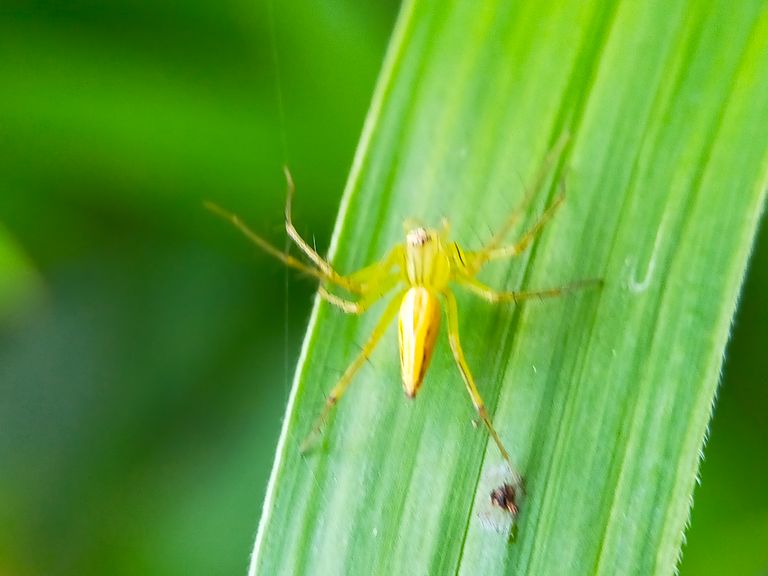
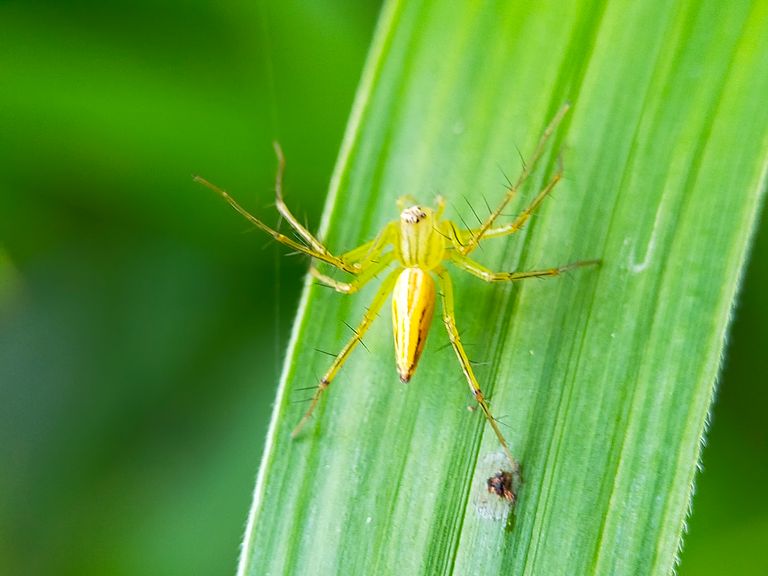

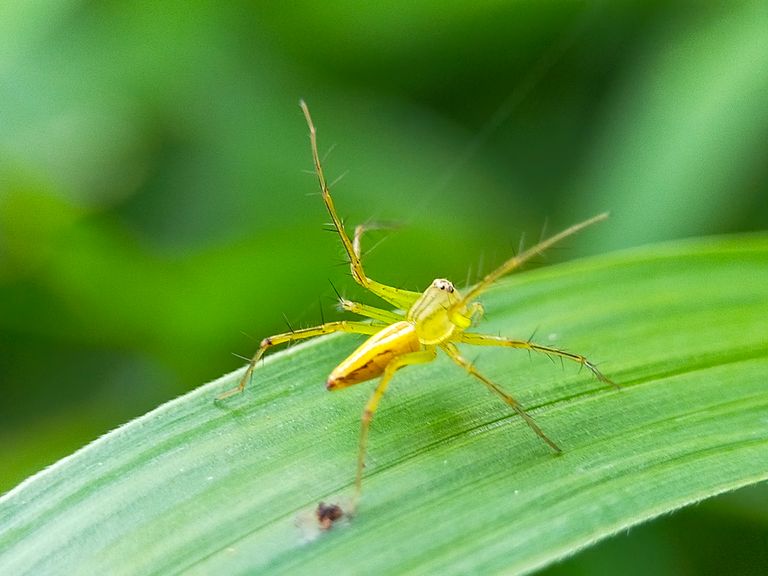
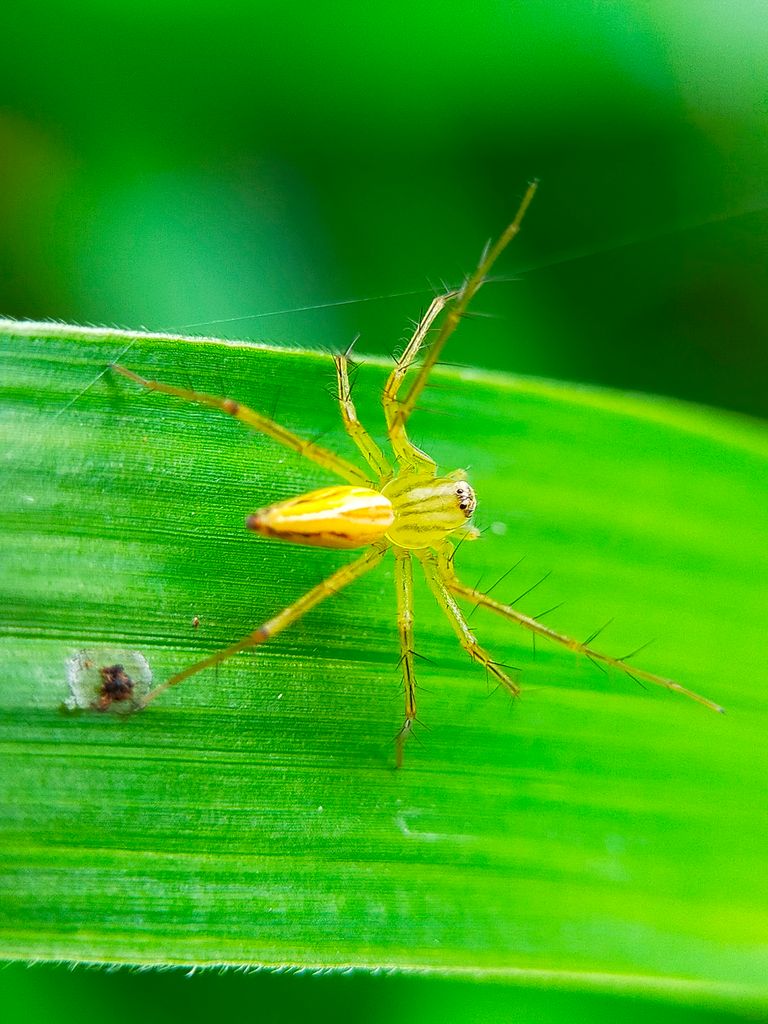
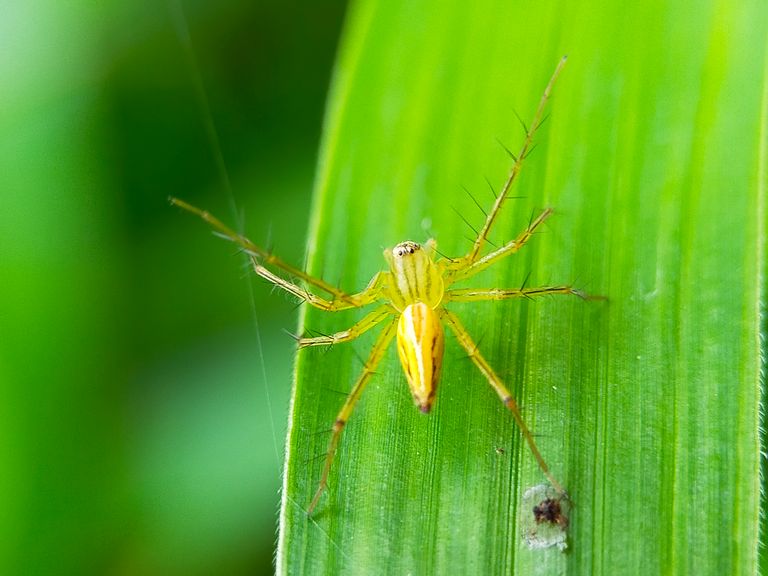

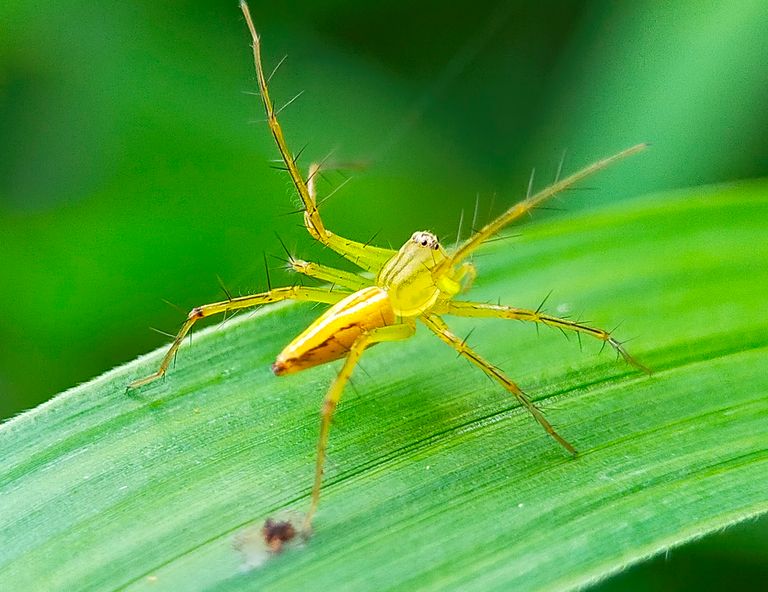

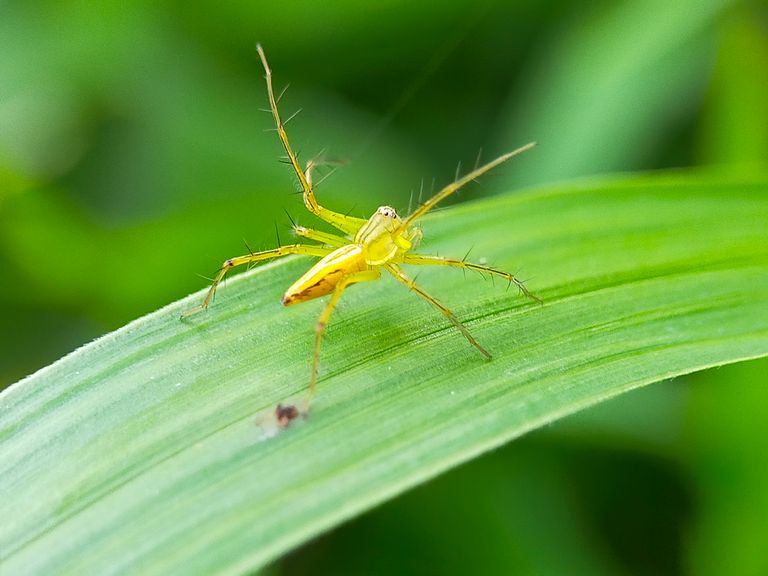
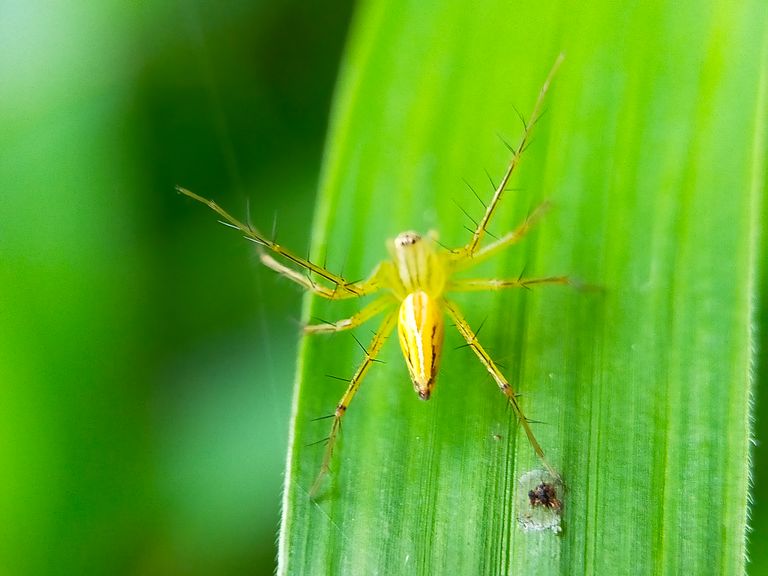
This is all I can say more and less I apologize, hopefully it will be useful for me, and hopefully it will be useful for all readers in general, thank you for visiting my blog, don't forget to follow and vote for my posts. , and one more thing, don't forget to share this post with other friends.
Thank you for visiting my blog, don't forget to follow and vote for me to post, and others don't forget to share this post with other friends.
Greetings to all on Blurtter...
** Your post has been upvoted (4.25 %) **
Curation Trail is Open!
Join Trail Here
Delegate more BP for bigger Upvote + Daily BLURT 😉
Delegate BP Here
Upvote
https://blurtblock.herokuapp.com/blurt/upvote
Thank you 🙂 @tomoyan
Congratulations, your post has been curated by @r2cornell, a curating account for @R2cornell's Discord Community.